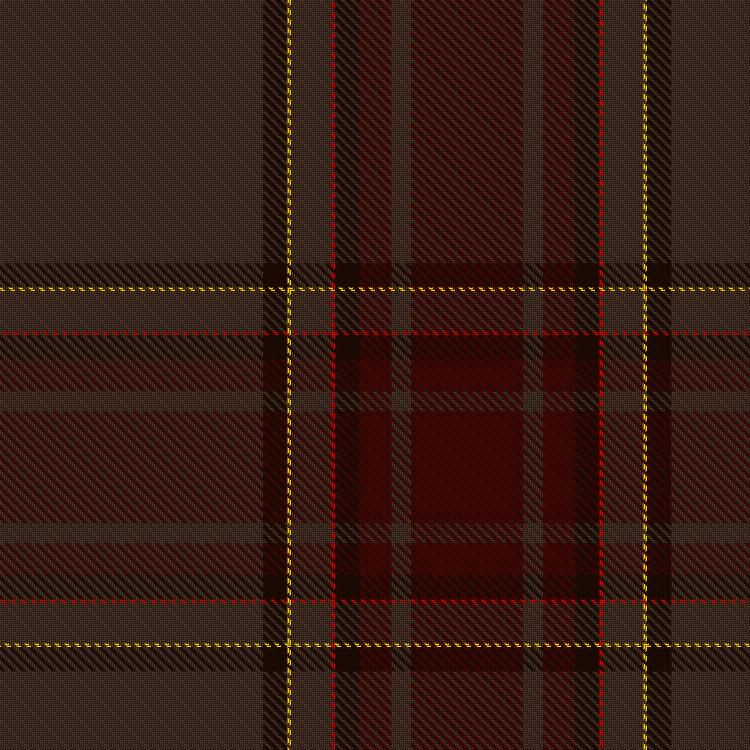Click the tartan to view its entry in The Scottish Registers of Tartans which includes registration details, restrictions, and registrant information.
Unregistered tartans may link to one of the web's online design environments for similar information.
For any questions about reproduction of designs or weaving of these tartans, please contact the registrant directly or via this website.
Ladybug Day
"🎶 Ladybird, ladybird fly away home,
Your house is on fire and your children are gone,
All except one, and her name is Ann,
And she hid under the baking pan!"
~ Traditional
Etymologists and ladybug enthusiasts, this tartan is sure to catch your eye! Known by various names such as Ladybird, Ladybug, Ladycow, Dowdy-cow, Barnabee, Burnabee, the Bishop-that-burneth, Bishy Bishy Barnabee, and even Doodlebug, the ladybug is technically a beetle, not a bug. They come in a delightful array of colors, from gray and brown to vibrant red, yellow, and orange. Celebrated in stories and rhymes, the ladybug has charmed generations with its beauty. A beloved children's rhyme is often recited to encourage a ladybug to fly away after landing on someone. Ladybugs can have anywhere from 0 to 22 spots, though the seven-spotted ladybug (Coccinella septempunctata) is the most common in Europe. Regardless of their spots, ladybugs are considered lucky insects. In many cultures, a ladybug landing on you is believed to bring more patience and fewer burdens, and even take away illness. Superstitions also suggest counting the spots on a ladybug’s back to predict the number of happy months ahead! ❤️ 🖤 💛 💙 ❤️ 🐞 🐞 🐞
The Ladybug's Latin name of coccinellids is derived from the word for "scarlet", referencing its typical bright red colour.
The name ladybird originated in Britain where the insects became known as "Our Lady's bird" or the Lady beetle referencing the Virgin Mary (Our Lady) who was often depicted wearing a red cloak in early paintings, and the spots of the seven-spot ladybird were said to symbolise her seven joys and seven sorrows.
The children's rhyme has many regional variations such as an 1842 Yorkshire version:
"Ladycow, Ladycow, ply thy way home”
And in Scotland a rhyme from the same period is recorded as:
"Dowdy-cow, dowdy-cow, ride away heame,
Thy house is burnt, and thy bairns are tean."
The name variations on Bishop-Barnaby (from Norfolk and Suffolk dialect) – Barnabee, Burnabee, the Bishop-that-burneth, and bishy bishy barnabee may be related to St. Barnabas' feast in June, when the insect generally appears.
Ladybirds have served as the US state insects of Delaware, Massachusetts, New Hampshire, New York, Ohio, and Tennessee, though only New York has selected a species native to the United States (Coccinella novemnotata).
For more Celtic bug lore, click the ladybug!








